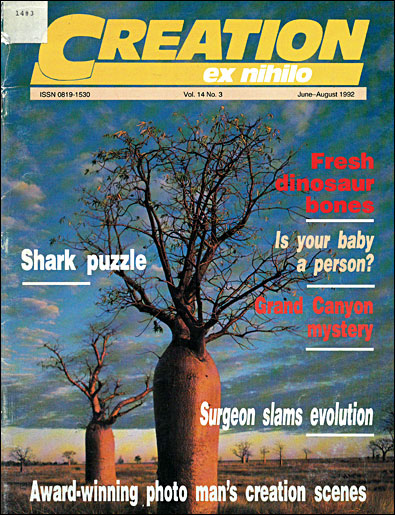The ‘oldest known fly’—a lesson in caution
Evolutionists generally believe that insects with two wings have evolved from the ‘more primitive’ or ‘unspecialized’ four-winged condition. If pressed for evidence, they would generally refer to the fossil of ‘the oldest known fly’—a specimen called Permotipula.
‘Archaeopteryx Of The Flies’

Embarrasing Rediscovery
However, the fossil has heen rediscovered —in the British Museum. A fresh study of the wing venation (the arrangement of veins) has shown that one character which was believed to be indicative of a close relalionship to the Diptera is absent, and that ‘Permotipula cannot be one of the direct ancestors of the recent Diptera’.4 Not only that, but it is of course painfully obvious that a single wing cannot, in any case, be trumpeted as proof that its owner had four.
All this goes to show how cautious one must be whenever a discovery of an ‘unspecialized ancestor’ of some animal or plant is hailed in the literature.
References
- Tillyard, R.J., in Nature, p. 778, 1929 (quoted in Tillyard, ‘The ancestors of Diptera’, Nature, 139, 1937). Return to text.
- Henning, W., Insect Phylogeny, Chichester, New York, 1981. Return to text.
- Rohdendorf, B.B., The Historical Development of Diptera, Edmonton, 1974. Return to text.
- WillMann, R., ’Rediscovered: Permotipula patricia, the oldest known fly’, Naturwissenschaften 76, 375-377, 1989. Return to text.


Readers’ comments
Comments are automatically closed 14 days after publication.